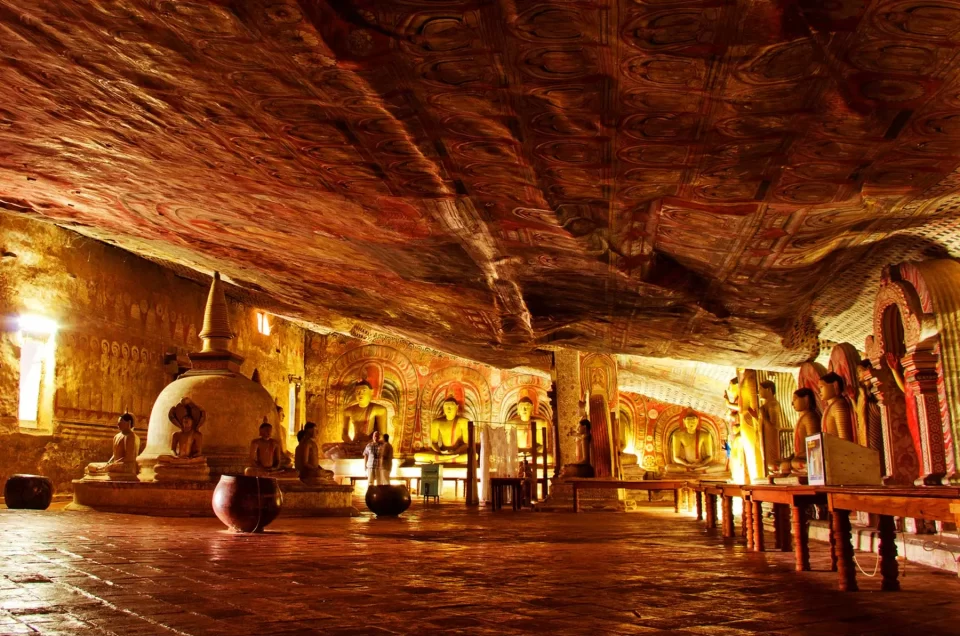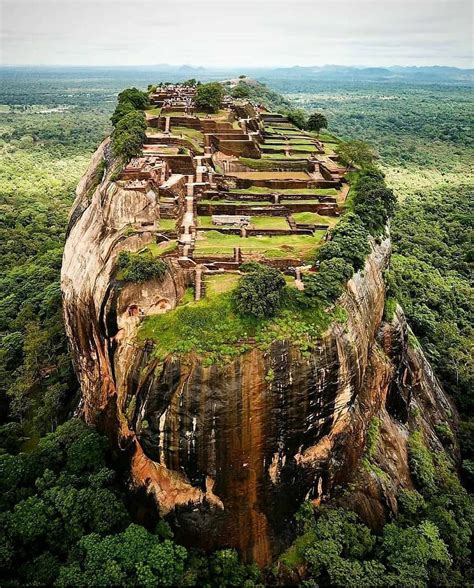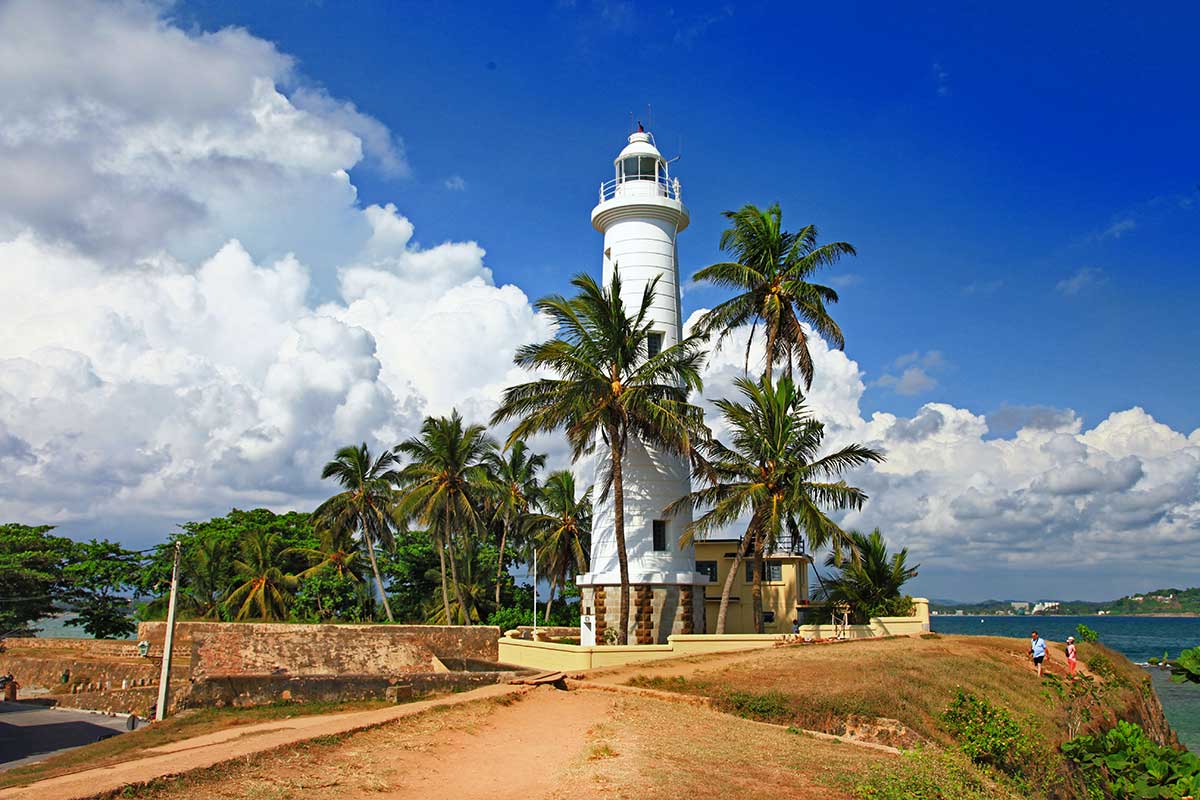
Galle Fort, located on Sri Lanka’s southwestern coast, is a UNESCO World Heritage Site renowned for its rich history and well-preserved colonial architecture. Constructed by the Portuguese in 1588 and later fortified by the Dutch in the 17th century, it stands as a testament to the island’s colonial past.
It is situated in 113 kilometers away from Colombo. The Galle Fort, also known as the Dutch Fort or the “Ramparts of Galle”, is a historical, archaeological and architectural heritage monument, which even after more than 423 years maintains a polished appearance, due to extensive reconstruction work done by Archaeological Department of Sri Lanka. Galle lighthouse, Galle clock tower, Groote Kerk – Galle, All Saints’ Church – Galle, National Museum in Galle, Old Dutch Hospital, National Maritime Museum Galle are main archaeological and architectural heritage monuments in Galle fort. The fort has a colorful history, and today has a multi-ethnic and multi-religious population. The Sri Lankan government and many Dutch people who still own some of the properties inside the fort are looking at making this one of the modern wonders of the world. The heritage value of the fort has been recognized by the UNESCO and the site has been inscribed as a cultural heritage UNESCO World Heritage Site under criteria IV, for its unique exposition of “an urban ensemble which illustrates the interaction of European architecture and South Asian traditions from the 16th to the 19th centuries.”
Galle Fort is in Galle, which is located at the extreme southwest corner of the island, in the southwest coast of Sri Lanka, where the shoreline turns east towards Matara and Tangalle. The fort, like most of the forts in Sri Lanka, is built on a small rocky peninsula, belonging to the sea as much as to the land. As it exists today, it covers an area of 52 hectares (130 acres). Highway A2 provides road links to Galle from Colombo (a distance of 113 kilometers (70 mi)) and the rest of the country along the west coast or from the east along the south coast. Since 2012 an expressway has linked Galle to Colombo. Rail links are also available to Colombo and Matara. Sea route is through the Galle Port at the Galle Harbor.
Historical Significance
Galle Fort’s strategic location made it a vital port for trade and defense. The Portuguese initiated its construction, but it was the Dutch who expanded and reinforced the fortifications, leaving a lasting architectural legacy. The British took control in 1796, and the fort remained under colonial rule until Sri Lanka’s independence in 1948.
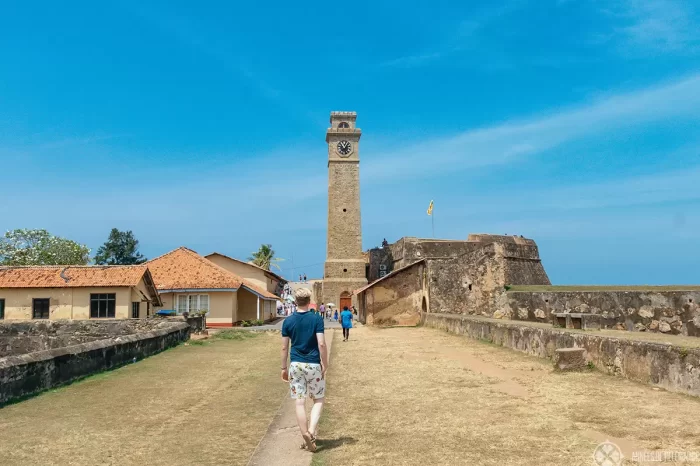
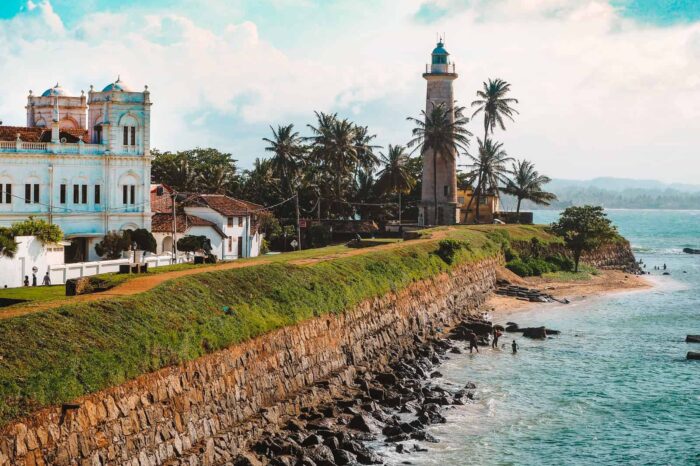
Architectural Highlights
Ramparts and Bastions: The fort’s massive stone walls and bastions, such as the Sun Bastion and Moon Bastion, showcase European military architecture adapted to tropical conditions.
Dutch Reformed Church: Dating back to 1640, this church is among the oldest Protestant churches still in use on the island.
Galle Lighthouse: Built in 1939, it is the oldest lighthouse in Sri Lanka, offering panoramic views of the Indian Ocean.

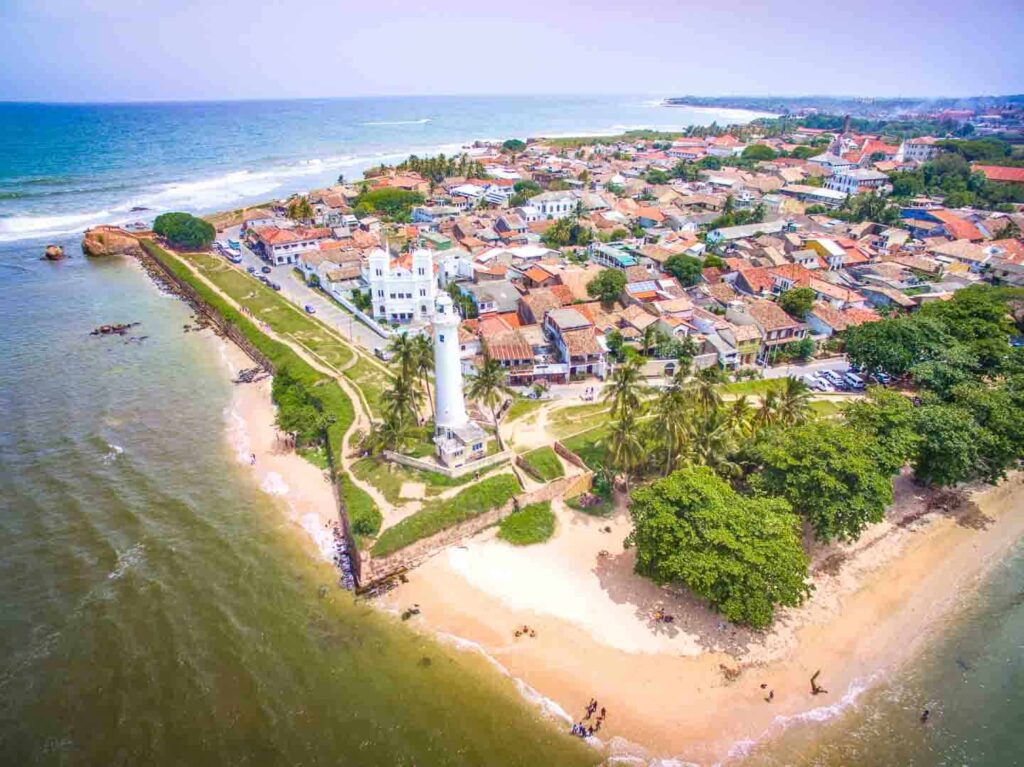


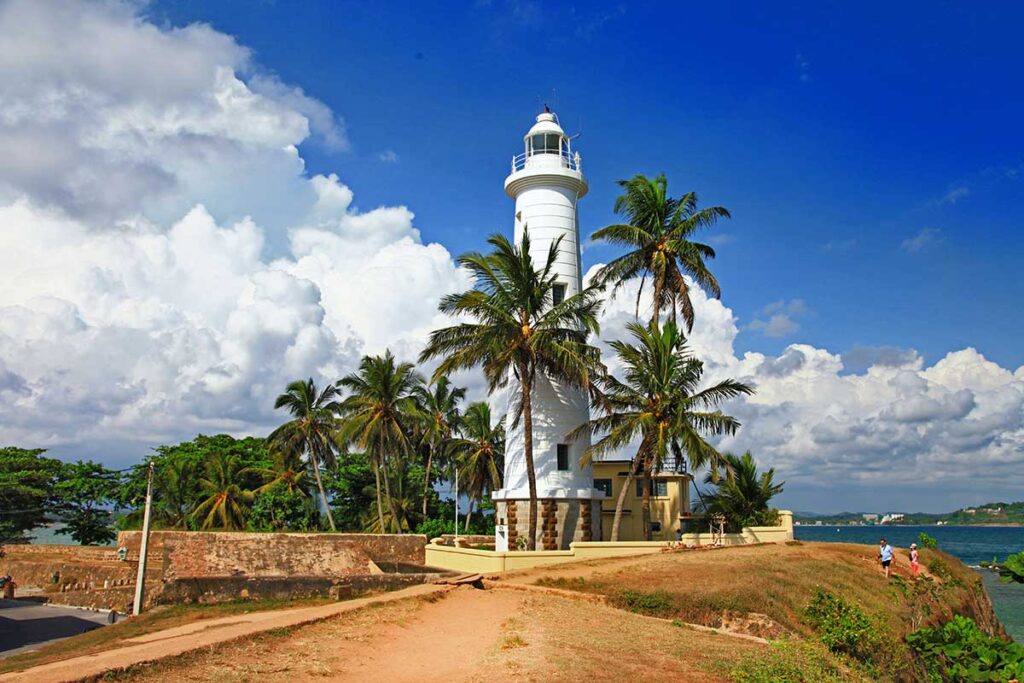
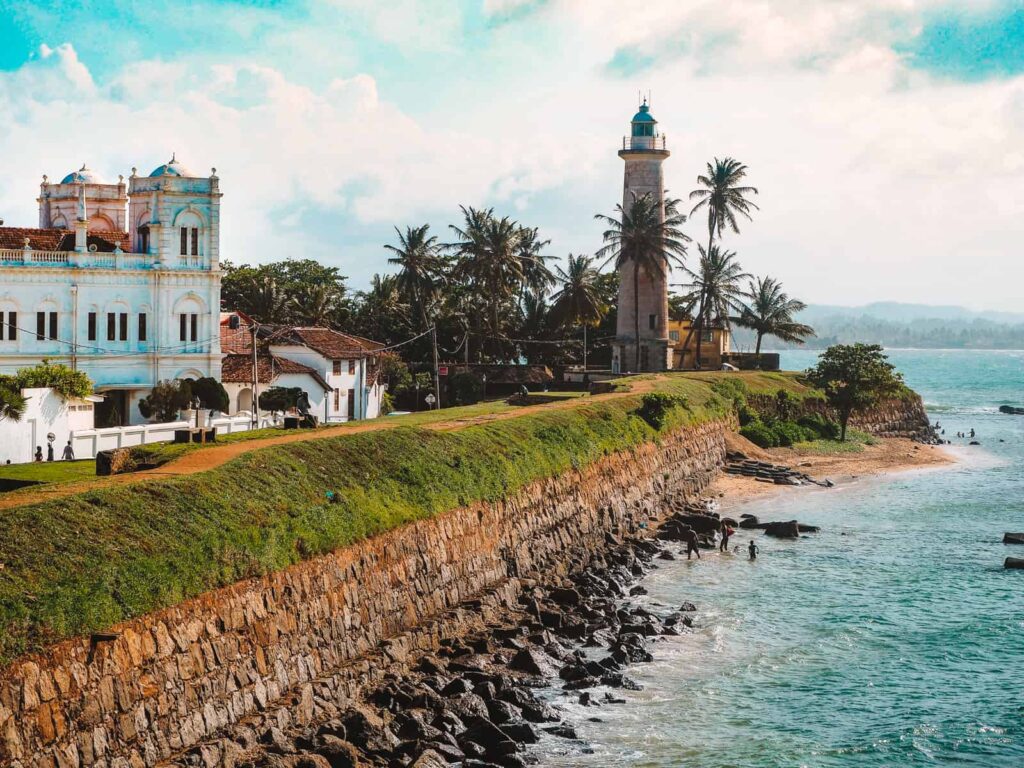

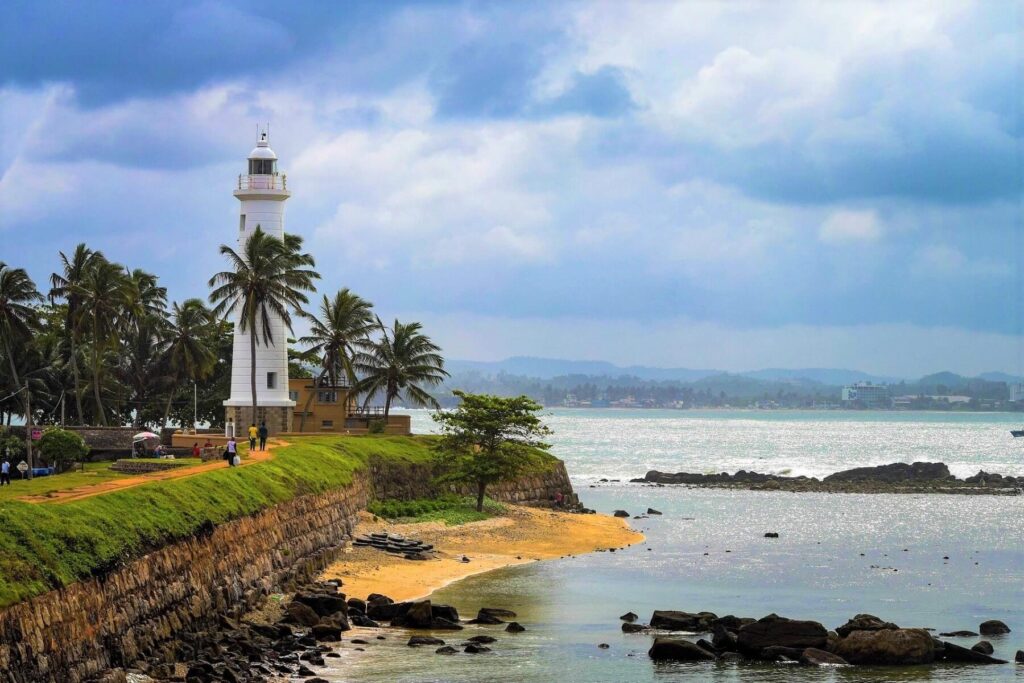
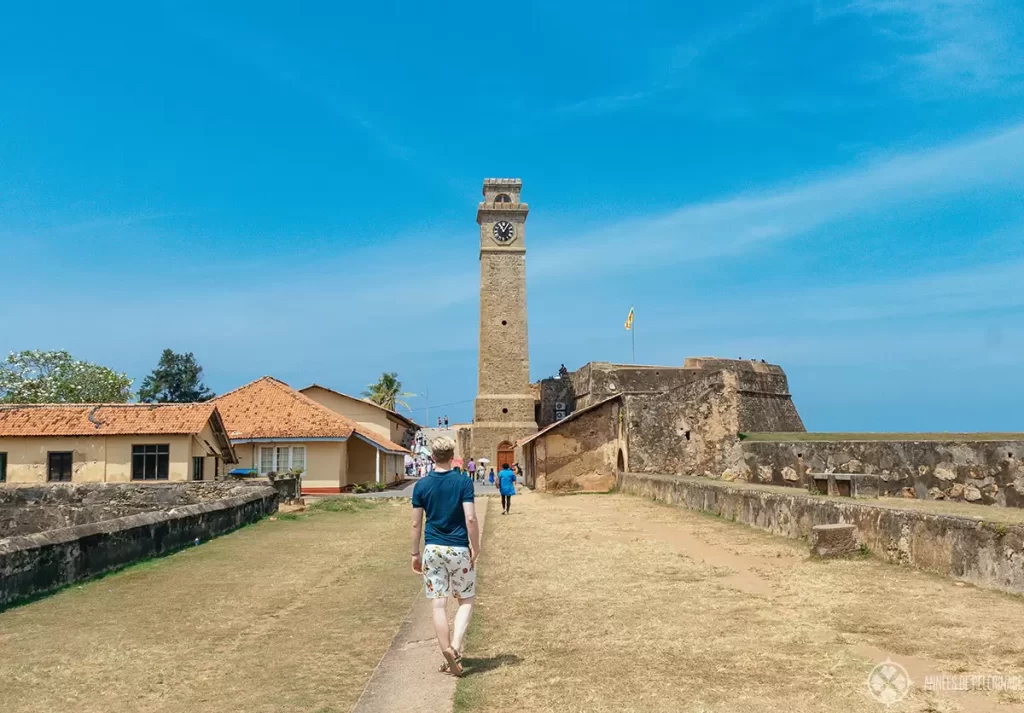
Cultural Attractions
Within the fort’s walls lies a vibrant community, with narrow streets lined with colonial-era buildings now housing boutiques, cafes, and museums. The fusion of European architectural styles with South Asian traditions creates a unique cultural ambiance.

